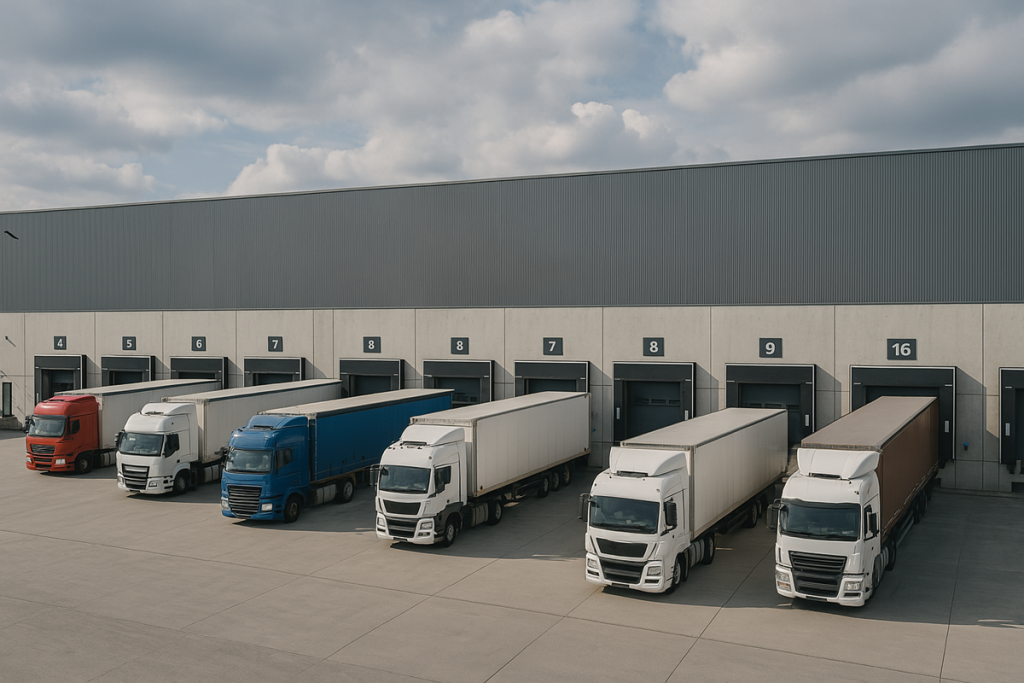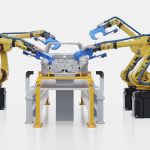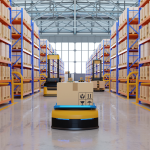From route delays to paperwork overload, logistics teams are turning to AI not for hype—but for hard results where legacy systems fall short.
AI Is Being Adopted Because Legacy Logistics Tools Are Failing
AI adoption in logistics isn’t driven by innovation theater. It’s driven by frustration. Frustration with outdated systems that can’t adapt to last-minute changes. Frustration with endless paperwork. And frustration with supply chain disruptions that are becoming more frequent—and harder to predict.
Logistics teams aren’t investing in AI to be futuristic. They’re doing it because manual systems can’t keep up with real-world volatility—whether it’s navigating tariff shifts, managing fuel costs, or responding to customer expectations for same-day delivery.
Research backs the shift. Meticulous Research projects a 40.4% annual growth rate for AI in supply chain management, with the market hitting $58 billion by 2031. But the real reason AI is growing is because it’s being put to work—right now—solving specific operational problems.
Problem 1: Order Processing and Inventory Tasks Still Drain Resources
Processing thousands of SKUs across multiple warehouses? Still painfully manual in many businesses. AI is changing that.
One U.S. manufacturer implemented AI-powered robotics to manage warehouse inventory in real time. The result? A 40% boost in throughput, fewer stockouts, and less human intervention.
For global manufacturers, AI is also powering digital twins—virtual models of physical production systems. These models can adjust operations in real time based on demand, minimizing waste and improving delivery reliability.
That means less time spent manually adjusting order quantities and more time spent optimizing stock positions based on predictive data.
Problem 2: Compliance Bottlenecks and Delivery Risk
Let’s talk about trucks. A large commercial vehicle manufacturer is now using AI to predict mechanical failures before they happen. Instead of reacting to breakdowns, the system flags likely maintenance issues in advance—keeping vehicles on the road and out of the repair bay.
In another example, global carriers are using AI to re-optimize delivery routes daily—sometimes hourly—based on real-time traffic, weather, and port conditions. This isn’t about minor tweaks; some have cut delays by 80% and reduced fuel consumption substantially.
AI is also pulling double duty on the compliance side. Fuel use, emissions, and route efficiency are automatically tracked and reported. That not only helps with sustainability commitments—it saves logistics coordinators hours of admin every week.
Problem 3: Customer Service Still Depends on Reactive Emails
When delays happen, most companies still rely on customer service teams to send apologetic emails after the fact. With AI, the model flips.
Predictive insights can now flag potential late arrivals in advance, giving teams the chance to notify customers before they ask. Some logistics firms are already integrating AI with their CRM platforms to automate these updates—meaning fewer complaints, and higher retention.
This isn’t just about saving time. It’s about turning logistics into a source of customer confidence, not friction.
AI Isn’t a Tech Play—It’s Operational Insurance
Used right, AI doesn’t replace your logistics team—it makes them more effective. It absorbs low-value work, flags risks before they escalate, and adapts faster than any manual workflow can. And the best use cases? They’re already live on warehouse floors, inside TMS dashboards, and embedded in customer support systems.
For logistics leaders ready to take action, the next step isn’t to chase innovation—it’s to audit where your teams are still reacting manually. Start by identifying the three areas consuming the most time with the least strategic return—often inventory management, compliance reporting, or delivery coordination. From there, focus on AI tools that can plug into your existing systems rather than overhaul them. No one needs another transformation project—they need results that land fast.
Above all, treat AI not as a moonshot, but as operational insurance: a way to scale consistency, improve decision speed, and build a logistics function that doesn’t break under pressure—but learns from it.







